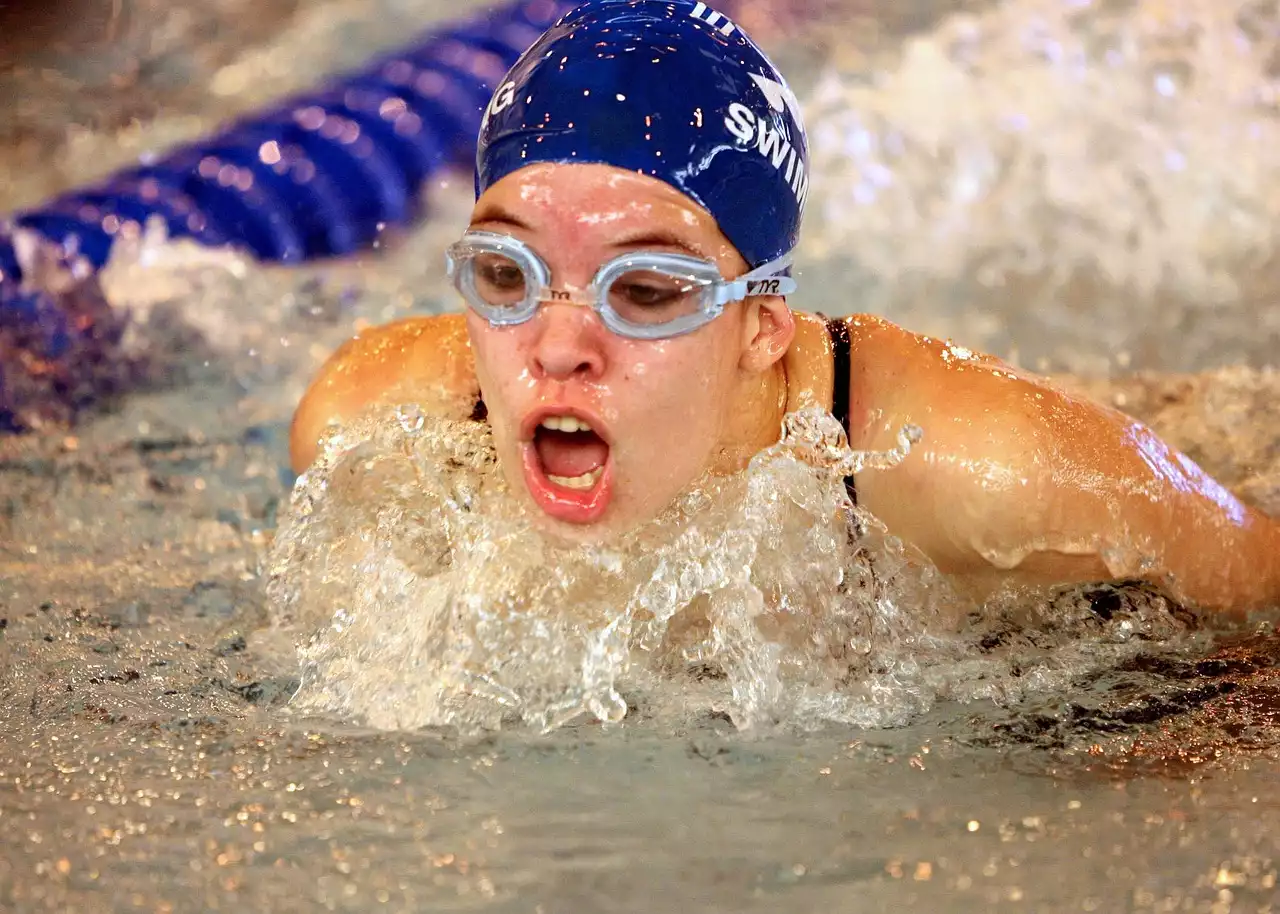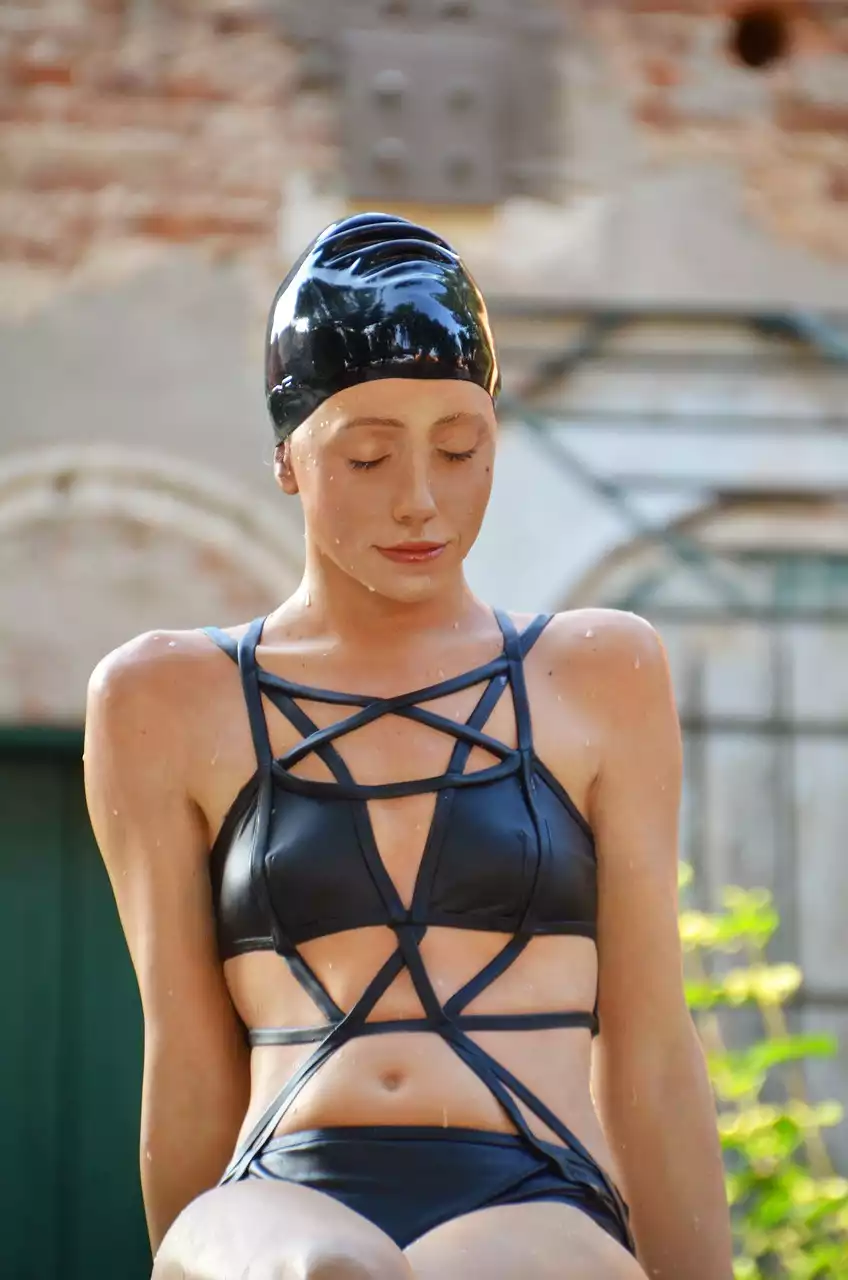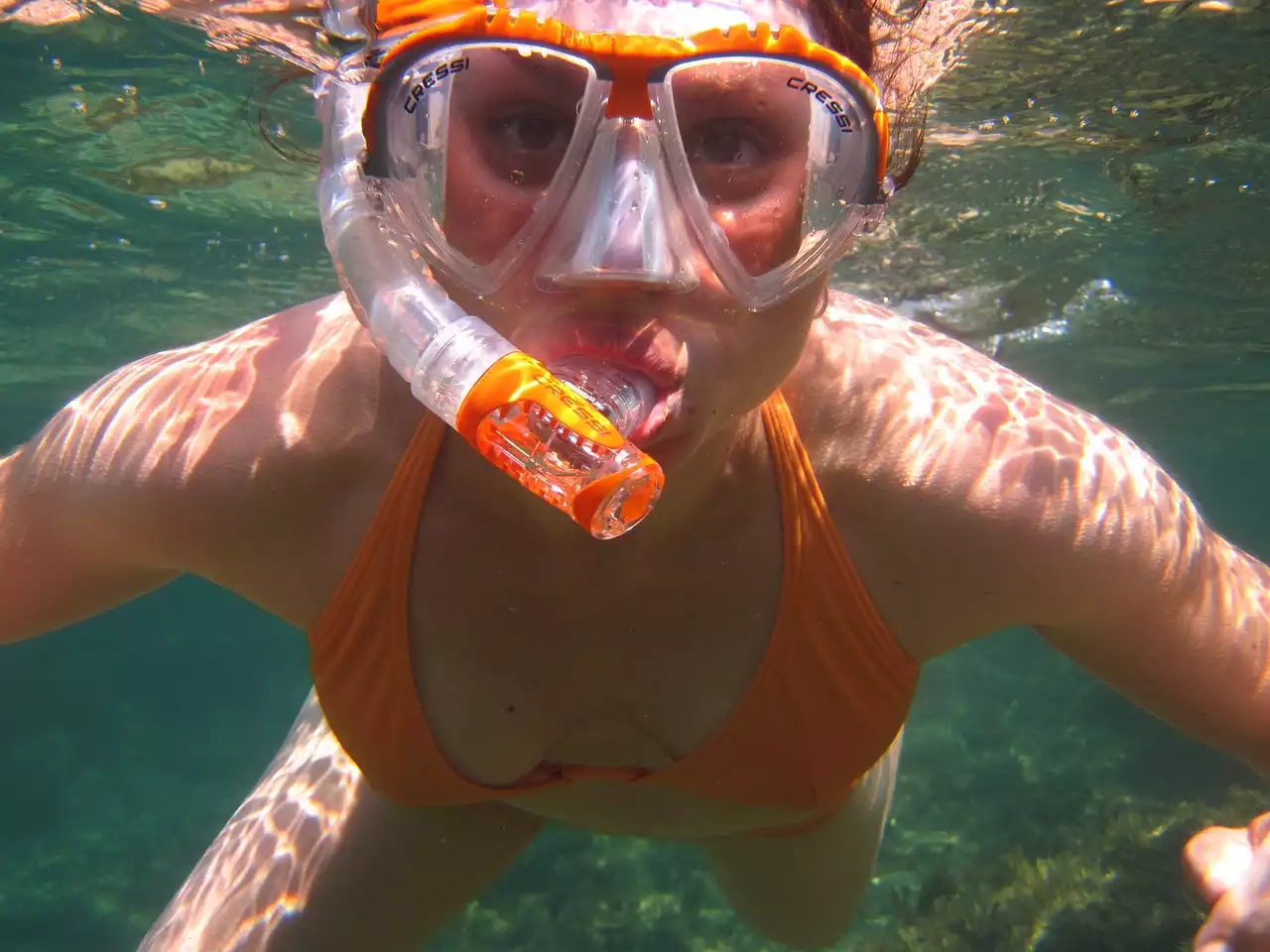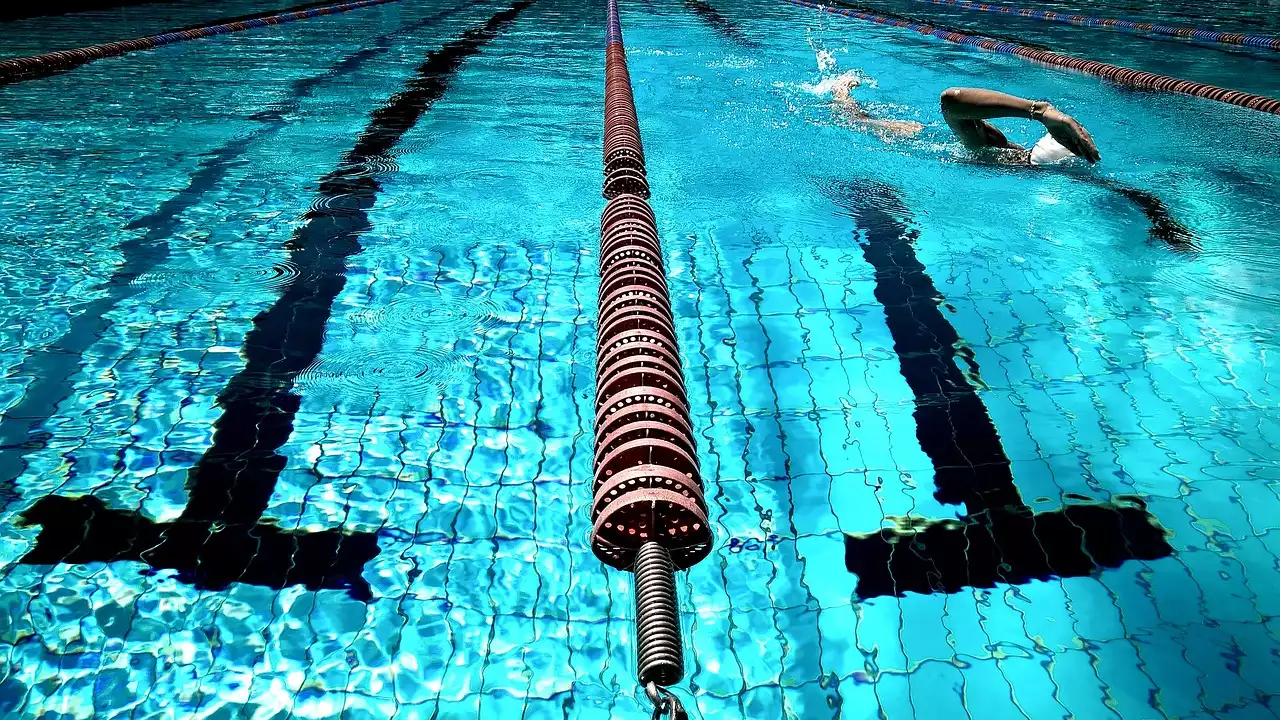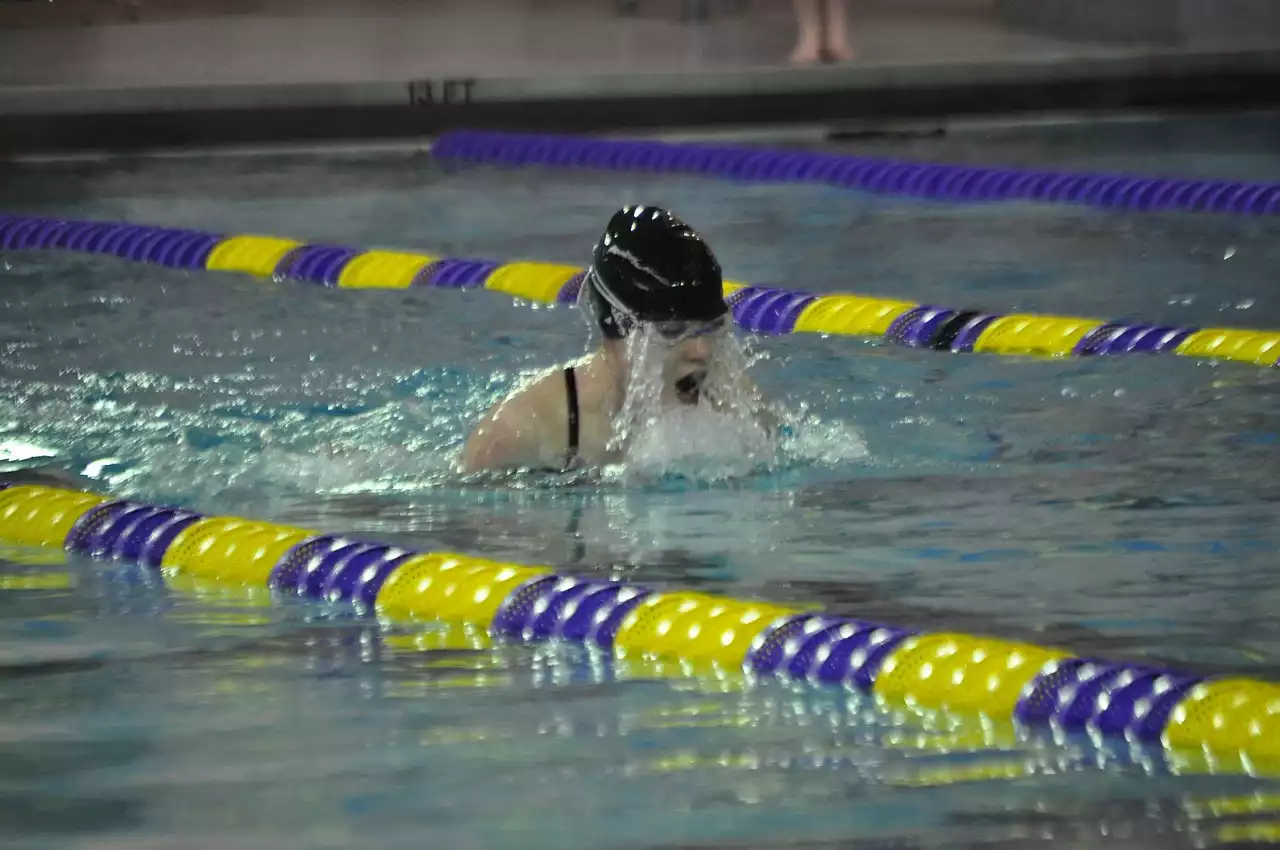Types of swim gear
Swim gear is any item of clothing or equipment that is used to support a swimmer while they are in the pool. It can range from swim caps and goggles to swimming fins and swimsuits. Each piece of swim gear serves a different purpose and should be chosen carefully.
Swim caps are designed to protect the swimmer’s hair from the chlorine in the pool, as well as provide a more aerodynamic shape for better speed. Goggles are used to protect the swimmer’s eyes from the chlorine, as well as to improve visibility in the pool. Swimming fins are used to increase ankle flexibility, provide propulsion, and reduce drag. Swimsuits can also provide a more aerodynamic shape for better speed, as well as provide support and comfort for the swimmer.
Factors to consider when choosing swim gear
When choosing swim gear, it is important to consider the fit, material, and purpose of each item. The fit of the item should be comfortable and secure, while the material should be lightweight and durable. The purpose of the item should be determined in advance, as different items are designed for different purposes.
When choosing a swim cap, it is important to choose one that fits securely and is made of lightweight material, such as silicone or polyurethane. It should also have a snug fit that doesn’t cause chafing or discomfort. Goggles should also fit securely and should be made of a soft material, such as silicone or polycarbonate. Swimming fins should fit comfortably and should be made of durable material, such as rubber or plastic. Swimsuits should be made of a lightweight material, such as polyester or lycra, and should fit snugly but not be restrictive.
Choosing the right swim cap
When choosing a swim cap, it is important to find one that fits securely and is made of lightweight material. It should also have a snug fit that doesn’t cause chafing or discomfort. Silicone caps are the most popular option, as they are lightweight and provide a snug fit, while polyurethane caps are more durable and provide good insulation from the cold.
It is also important to choose a cap that is the right size for the swimmer’s head. Caps come in a range of sizes, from small to extra-large, so it is important to measure the circumference of the head before purchasing a cap. It is also important to choose a cap that is the right color for the swimmer, as this can help them stand out in the pool.
Choosing the right goggles
Goggles are an essential piece of swim gear, as they provide protection from the chlorine in the pool and improve visibility. When choosing goggles, it is important to find ones that fit securely and are made of a soft material, such as silicone or polycarbonate. The lenses should also be large enough to provide a wide field of vision, while the straps should be adjustable to ensure a snug fit.
It is also important to choose goggles with the right level of tinting. Lightly tinted lenses can help reduce glare, while darker lenses can provide better visibility in low light conditions. It is also low-light to choose goggles with the right level of protection from the sun, as this can help reduce the risk of eye irritation and damage.
Choosing the right swimming fins
Swimming fins can provide extra propulsion and reduce drag, making them essential for any swimmer. When choosing fins, it is important to find ones that fit comfortably and are made of durable material, such as rubber or plastic. The length of the fins should also be appropriate for the swimmer’s height and weight, as this can help them move more efficiently through the water.
It is also important to choose fins with the right level of stiffness, as this can help the swimmer move more efficiently. Soft fins are best for beginners, as they provide more flexibility and are easier to control. Stiffer fins are best for experienced swimmers, as they provide more power and speed.
Choosing the right swimsuit
Swimsuits are an important part of a swimmer’s gear, as they provide support and comfort while in the pool. When choosing a swimsuit, it is important to find one that fits securely and is made of a lightweight material, such as polyester or lycra. It should also be the right size for the swimmer, as an ill-fitting swimsuit can impair their performance.
It is also important to choose a swimsuit that is the right color for the swimmer, as this can help them stand out in the pool. Bright colors are best for competition, as they make it easier for judges to spot the swimmer. Dark colors are best for training, as they are less likely to fade over time.
How to care for swim gear
Swim gear should be cared for properly to ensure it lasts as long as possible. It is important to rinse the gear with fresh water after each use to remove chlorine and bacteria. It is also important to hang the gear up to dry in a cool, dry place. The gear should also be stored away from direct sunlight to prevent fading and discoloration.
It is also important to replace swim gear when necessary. Goggles should be replaced every two to three months, while swim caps and swimsuits should be replaced every six to twelve months. Swimming fins should also be replaced when they become worn or damaged.
Tips for using swim gear for competition
When using swim gear for competition, it is important to ensure it fits properly and is the right size for the swimmer. It is also important to practice with the gear before the competition, as this can help the swimmer become more familiar with it and reduce the risk of discomfort or chafing during the competition.
It is also important to wear the right clothing underneath the swim gear. Loose-fitting clothing can cause chafing and discomfort, while tight-fitting clothing can restrict movement. It is also important to ensure the clothing is made of a breathable material, such as cotton or polyester.
Finally, it is important to ensure the swimmer is properly hydrated before and during the competition. Drink plenty of fluids before and during the competition to stay hydrated and to reduce the risk of fatigue or exhaustion.
